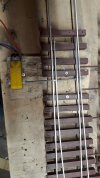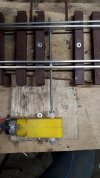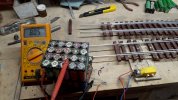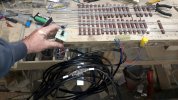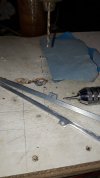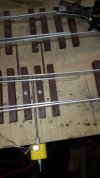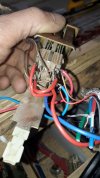Greg Elmassian
Guest
a single line of tubing with no electrical connections to deal with is much simpler and weather resistant. The tubing is cheaper than wire.
Running power around your track is more work, but it's the connections where you "tap off" the bus, which should be large gauge to handle inrush current and voltage drop.
I love my pneumatics very trouble free and positive movement at 40 psi
Running power around your track is more work, but it's the connections where you "tap off" the bus, which should be large gauge to handle inrush current and voltage drop.
I love my pneumatics very trouble free and positive movement at 40 psi

